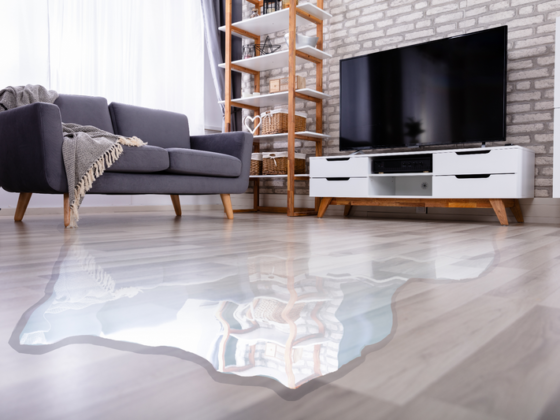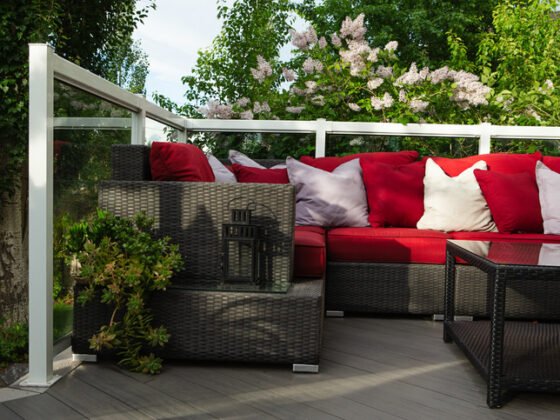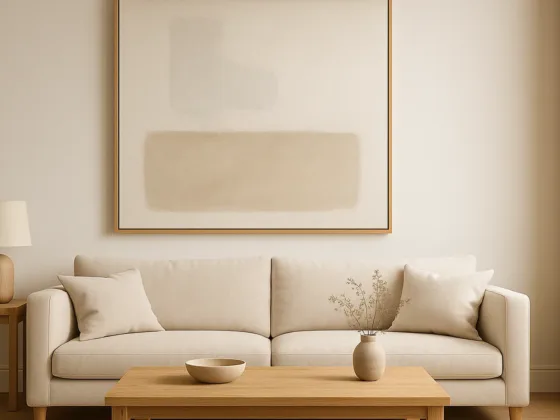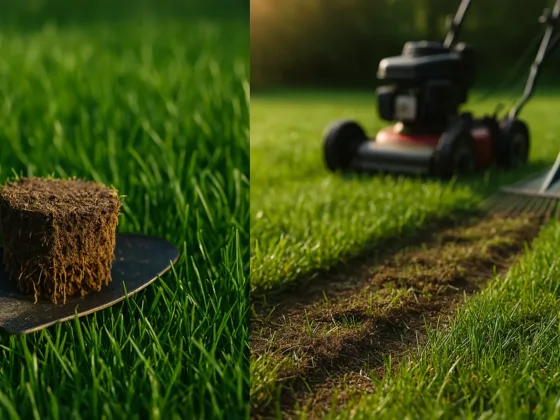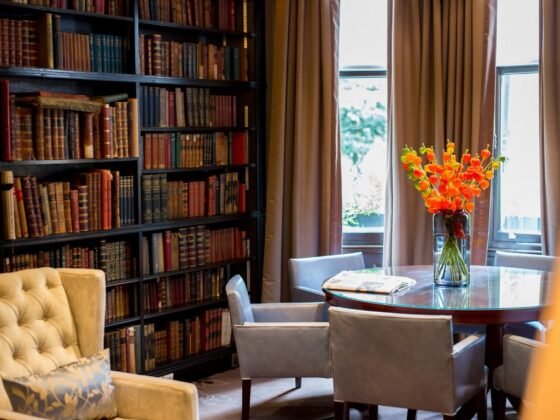Table of Contents Show
In construction, one of the most essential processes that must take place is floor screeding, a method that results in perfectly level flooring.
Traditional methods have been used for decades; however, the industry is now experiencing a revolution in floor-screeding techniques. Advanced techniques allow unprecedented accuracy, efficiency, and durability in the form of innovative materials and application processes.

Creator: BRE Group
On top of leveling, advanced floor screeding impacts unparalleled insulation and is being utilized by buildings as a valuable energy efficiency component in the construction process.
Continue reading to learn more about the many benefits of using advanced floor-screeding techniques.
Types of floor screeding methods and materials
Traditional methods
Traditional floor-screeding methods have been used in construction for many years. These mixtures, often consisting of sand and cement in various ratios, are manually fabricated and applied to a substrate where a series of checks and levels confirm a smooth surface. Traditional screeds, though effective, require the utmost precision and attention to detail at the time of installation to achieve a level surface. This can be achieved by experts.
Advanced techniques
Advanced floor-screeding methods have been introduced as a more efficient alternative to traditional practices. Self-leveling compounds are prepared by blending cement, polymers, and other binders and additives. The resulting compounds’ excellent fluidity allows them to seek their own level, covering the substrate evenly and automatically “pushing” themselves into gaps and irregularities. The result is a smooth, level surface that requires minimal labor and time on the contractor’s part. Liquid screeds also provide high-quality finishes, with quick and easy spread across the entire floor area.
Materials used in advanced techniques
Many materials are used in the application of advanced floor-screeding methods. Polymers such as acrylics or latexes are commonly included in self-leveling compounds to improve flexibility and adhesion, reducing the risk of cracking and shrinkage. They also improve the overall strength and durability of the screed. Fibers — such as polypropylene and glass — can also be added to the concrete for reinforcement, thus further reducing the risk of microcracking and enhancing the life of the material. Combined, these materials allow for the creation of highly advanced floor-screeding systems that are not only of superior quality but also designed to last for many years.
Benefits of using advanced techniques for a level surface
Precision and accuracy in leveling
Advanced floor-screeding techniques deliver unparalleled accuracy in achieving a perfectly level surface. When applied to a substrate, the even consistency of self-leveling compounds and liquid screeds auto-fills gaps and irregularities, creating a completely uniform finish with minimal manual effort. This helps safeguard against the unevenness and imperfections that often occur when traditional methods are used.
Time efficiency
Advanced floor-screeding techniques enable construction schedules to be significantly compressed compared to schedules involving traditional methods. Self-leveling compounds and liquid screeds require minimal preparation and can be applied rapidly, which expedites the building process. Moreover, because these materials cure so swiftly, other construction activities can commence much sooner, significantly enhancing overall project efficiency and helping control costs.
Reduced labor costs
The speed at which advanced floor-screeding techniques can be applied reduces the need for multiple construction workers to perform this part of the building process. Accordingly, labor costs on construction sites can be significantly reduced. Moreover, because the efficiency of these techniques minimizes the need for re-work of this phase of construction, resources can be used more effectively, and overall project expenses can be lowered.
Enhanced durability and longevity
Advanced floor-screeding materials are manufactured with polymers and fibers, which make them far more durable and longer-lasting than traditional screeds. Polymers increase the flexibility and resilience of the screed, decreasing the likelihood of cracking or damage over time. Reinforced with fibers, they exhibit increased strength and resist wear and tear, ensuring the surface is left strong and without damage, even in heavy traffic and otherwise stressful environments.
Compatibility with underfloor heating systems
Advanced floor-screeding techniques are designed to work hand-in-hand with effective underfloor heating systems, delivering optimal thermal conductivity and efficiency. The smooth, level surfaces that self-leveling compounds and liquid screeds create enable underfloor heating systems to distribute heat evenly across the floor, maximizing system performance. The materials used in these advanced techniques also boast excellent thermal properties, ultimately increasing energy efficiency and creating a more comfortable living or working space.
Contribution to better insulation and energy efficiency
Advanced floor-screeding techniques play a vital role in improving buildings’ insulation and energy efficiency. Improving thermal conductivity helps to drive heat across floors more efficiently, which is critical for optimizing the performance of heating, ventilation, and air conditioning (HVAC) systems. The seamless, level surface created by advanced screeds also prevents heat loss and ensures that the thermal performance of the building envelope is maximized.
The reduction in energy loss achieved through advanced floor-screeding techniques can offer significant energy savings, and by cooling and heating buildings more efficiently, advanced screeds can reduce a development’s impact on the environment, lower its carbon footprint, and enhance its overall sustainability.
Successful screeding technique case study
Residential construction project
A recent residential construction project involved the development of a multi-story apartment complex within a city environment. High-quality finishes were a priority for this project, and one of the key expectations was a perfectly level floor throughout.
Because of irregularities in the subfloor, it was clear that significant leveling would be needed to meet the project’s aggressive standards. A highly advanced floor-screeding solution utilizing self-leveling compounds was employed. The compounds were expertly applied, quickly and efficiently flowing to fill gaps and uneven sections without human intervention to generate a seamless surface.
The accomplishment was incredible, and all units had uniformly level floors. This not only added to the aesthetic of the apartments but also made it easier to install floor coverings, saving substantial time and cost during the finishing phase.
Final thoughts
In conclusion, the benefits of employing advanced floor-screeding techniques are undeniable. From precision leveling to enhanced energy efficiency, these methods offer cost-effective solutions for construction projects. Through case studies, it’s evident that embracing innovation in floor screeding leads to superior results, durability, and client satisfaction in both residential and commercial settings.
